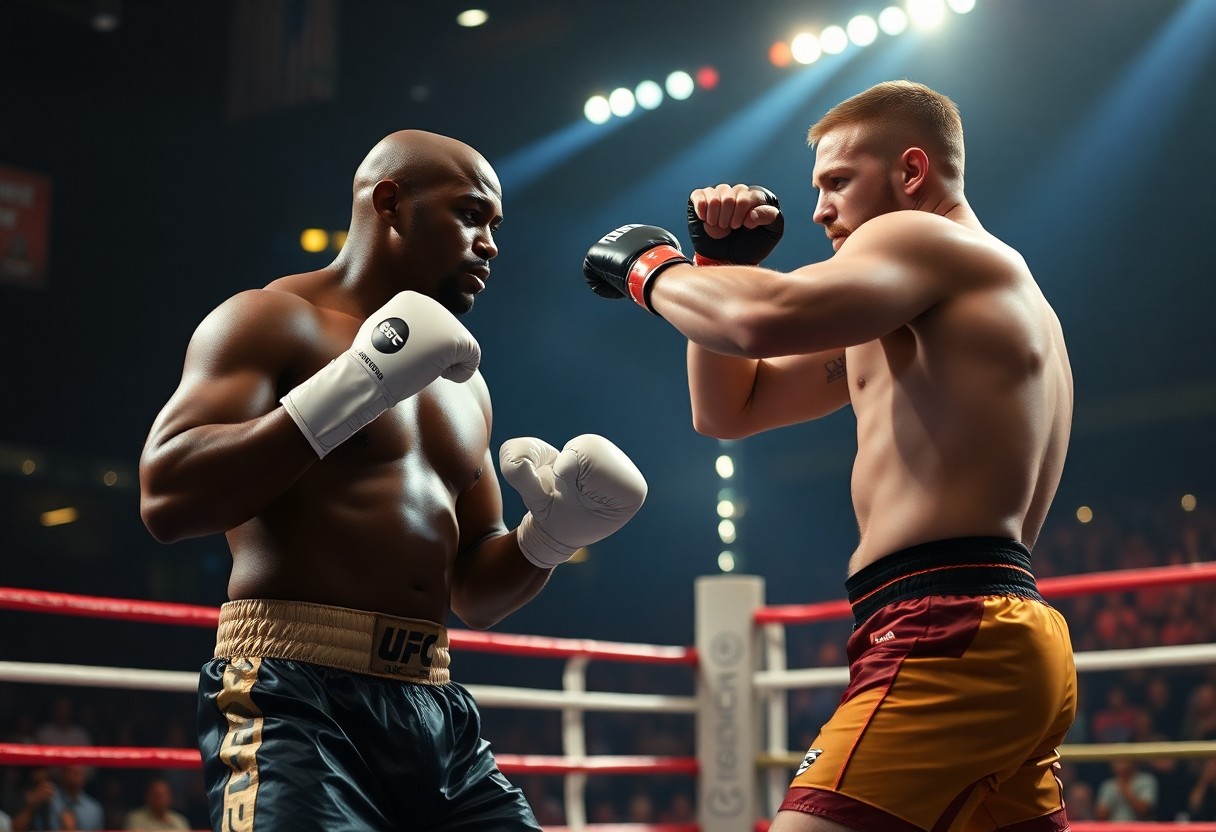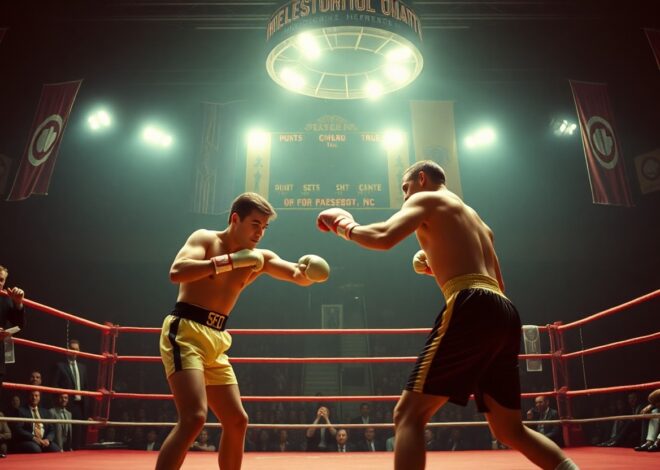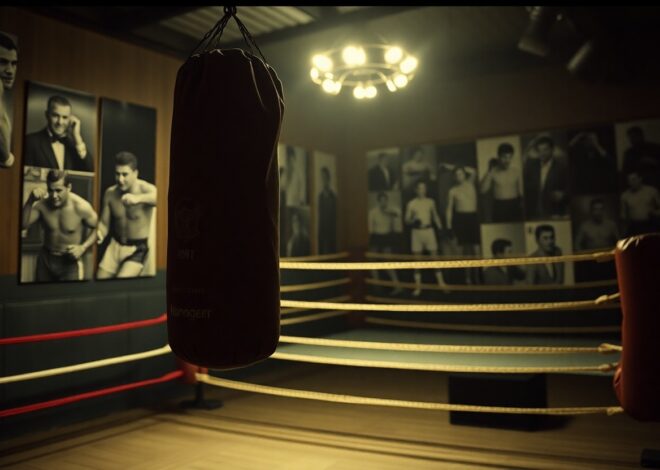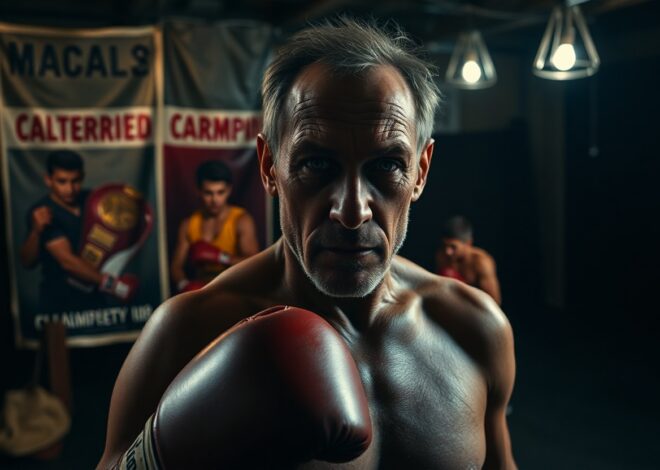
Breaking Down The Fighting Styles: Floyd Mayweather’s Boxing Mastery Vs. Conor McGregor’s MMA Striking
Over the years, boxing and mixed martial arts have produced some of the most formidable fighters, with Floyd Mayweather exemplifying technical precision in boxing and Conor McGregor showcasing dynamic striking abilities in MMA. Mayweather’s style emphasizes defensive prowess and counter-punching, making him nearly untouchable in the ring, while McGregor’s approach combines power and timing, allowing him to capitalize on openings with rapid strikes. This post will explore into these distinctive fighting styles, highlighting their strengths and strategies that have defined both athletes’ successes.
The Essence of Boxing
Boxing embodies a strategic art form, relying on footwork, distance control, and defensive maneuvering. This combat sport emphasizes the importance of precision and timing, enabling fighters to capitalize on openings while minimizing risk. The psychological aspect plays a significant role, as boxers must maintain composure under pressure and remain unpredictable to outwit opponents. Mastery of these elements defines the essence of boxing, showcasing not just physical skill but also mental acuity.
Fundamentals of Floyd Mayweather’s Style
Floyd Mayweather’s boxing style revolves around his exceptional defensive capabilities and unparalleled ring IQ. Utilizing a shoulder roll technique, he expertly deflects punches while launching precise counterattacks. His conditioning and footwork allow him to evade strikes, making him a formidable opponent who seldom engages in reckless exchanges. This defensive prowess combined with sharp offensive tactics has led to an unbeaten record in professional boxing.
Techniques and Strategies in Boxing
Boxing techniques are characterized by a range of offensive and defensive maneuvers, each serving distinct purposes. Punches such as jabs, hooks, and uppercuts are executed with rhythmic precision, while footwork adjusts positioning for optimal striking angles. Defensively, strategies like head movement, blocking, and clinching mitigate incoming attacks. Mayweather particularly excels at reading his opponents, adjusting his game plan in real time, and exploiting weaknesses, demonstrating the fluid interplay between strategy and execution in boxing.
The effectiveness of boxing techniques and strategies not only lies in the execution of punches but also in the integration of movement and timing. For instance, the jab operates as a versatile tool, both initiating offense and gauging distance, while the cross presents a powerful follow-up that can shift momentum in fights. Combining these elements with ring generalship, boxers dictate the pace of the match, ensuring they control the bout’s tempo and positioning. Fighters like Mayweather showcase that boxing success is not merely about physical strength; it hinges on tactical intelligence and the ability to make split-second decisions under duress.
The World of MMA
MMA showcases a diverse range of fighting techniques, integrating disciplines like Brazilian jiu-jitsu, wrestling, Muay Thai, and boxing. Fighters must adapt to various striking and grappling methods, creating a unique blend of skills that can be advantageous in unpredictable match situations. The sport emphasizes versatility, enabling practitioners to excel in both stand-up striking and ground combat, providing fans an exhilarating spectacle filled with dynamic exchanges.
Conor McGregor’s Unique Striking Approach
Conor McGregor’s striking style is defined by his precision and timing, often utilizing unorthodox angles and techniques. He combines elements of traditional boxing with effective leg kicks, allowing him to maintain distance while delivering powerful punches. His ability to read opponents’ movements and anticipate openings has made McGregor a fearsome striker, capable of ending bouts quickly, cementing his reputation in the MMA community.
Key Differences Between MMA and Boxing
The contrasts between MMA and boxing are significant. Boxing is strictly a stand-up sport focused on punches within a defined set of rules, while MMA incorporates a vast range of techniques, including striking, grappling, and submissions. Fighters in MMA must be proficient in multiple disciplines, adapting to various ranges and attacks. Additionally, while boxing relies heavily on footwork and head movement for defense, MMA fighters must also account for takedowns and clinch situations, which add layers of complexity to their defense strategies.
Striking mechanics differ greatly in the two sports; boxers consistently refine their jabs, hooks, and uppercuts within a two-dimensional framework, whereas MMA fighters incorporate kicks, knees, and elbows, opening up a broader array of offensive and defensive tactics. The boxing ring’s rules ensure focused exchanges between opponents, while MMA allows for transitions between striking and grappling, making each encounter unpredictable. Consequently, fighters in MMA must train extensively across various disciplines, enhancing their adaptability in the cage compared to the specialized training many boxers undertake.
Comparing the Two Fighting Styles
| Floyd Mayweather’s Boxing | Conor McGregor’s MMA Striking |
|---|---|
| Emphasizes precise and defensive techniques; footwork is key. | Incorporates diverse striking techniques; agility and unpredictability are vital. |
| Utilizes a traditional scoring system based on clean punches. | Scoring can vary, with emphasis on damage and control in various forms of striking. |
| Relies on stamina and endurance in long bouts. | Utilizes bursts of speed and power in short engagements. |
Strengths and Weaknesses
Mayweather’s strength lies in his defensive skills, making him extremely difficult to hit cleanly, while his weakness can be an overreliance on counter-striking. In contrast, McGregor possesses powerful, explosive strikes, particularly his left hand, but his grappling defense can be a liability, especially against high-level wrestlers. Each fighter’s style complements their attributes but presents specific vulnerabilities.
Psychological Warfare in the Ring
The mental aspect of fighting greatly influences performance. Mayweather strategically uses taunts and press conferences to get into opponents’ heads, often showcasing an effortless confidence. McGregor excels in psychological warfare, using charisma and trash talk to unsettle his adversaries, leaving them unfocused and eager to prove themselves.
Mayweather often enters bouts with a calm and calculated demeanor, allowing his opponents’ nerves to build as they face his accolades. He thrives on imposing pressure, showcasing his undefeated record, which can create doubt. McGregor, on the other hand, has mastered the art of verbal jabs, painting a target on his opponents while building an aura of invincibility. His pre-fight theatrics serve not only to promote the fight but also to weaken opponents mentally, leveraging the pressure to turn the bout to his advantage.
Training Regimens
Preparation for Boxing Matches
Floyd Mayweather’s training regimen is synonymous with precision and discipline. His typical routine includes six to eight weeks of intensive sparring, footwork drills, and cardiovascular conditioning, often clocking in several hours per day. Mayweather prioritizes speed, agility, and defensive techniques, focusing on maintaining his unbeaten record through meticulous attention to detail. Strength training and nutrition complement his regimen, ensuring optimal performance and recovery.
MMA Conditioning and Training
Conor McGregor’s preparation embraces a multifaceted approach, integrating various martial arts disciplines to develop fluid striking techniques and grappling skills. His workouts often include high-intensity interval training (HIIT), strength conditioning, and specialized sparring sessions tailored to potential opponents, ensuring adaptability and endurance.
McGregor incorporates diverse elements into his conditioning, such as boxing, Muay Thai, jiu-jitsu, and wrestling, creating a well-rounded skill set to excel in MMA. His training camps also emphasize mental fortitude, often featuring visualization techniques and mindset coaching to enhance performance under pressure. By implementing movements that simulate fight scenarios, he builds stamina and resilience, crucial for enduring multiple rounds in the octagon.
Iconic Fights and Their Impact
Mayweather’s Memorable Matches
Floyd Mayweather’s career is marked by legendary bouts that showcase his exceptional skill set and defensive prowess. Fights against boxers like Oscar De La Hoya and Manny Pacquiao solidified his status as an undefeated champion, while his victory over Ricky Hatton highlighted his ability to read opponents and exploit weaknesses. Each match not only contributed to his record but also elevated his brand, making him one of boxing’s most recognizable figures.
McGregor’s Career-Defining Moments
Conor McGregor’s ascent in mixed martial arts is punctuated by electrifying moments, such as his rapid rise through the UFC ranks and his historic win over Jose Aldo in just 13 seconds to claim the UFC Featherweight Championship. His victory over Eddie Alvarez to become the first fighter to hold titles in two weight classes simultaneously further underscored his charisma and skill in the octagon, making each fight an event beyond the sport itself.
The 13-second knockout of Jose Aldo at UFC 194 remains one of the most shocking moments in MMA history, catapulting McGregor into superstardom. His mastery of psychological tactics coupled with striking precision left a lasting impact on the sport. When he faced Eddie Alvarez at UFC 205, not only did McGregor achieve a historic double championship, but he also showcased his ability to perform under pressure, turning the fight into a display of striking superiority and strategic dominance. These defining moments illustrate not just his talent, but also his influence on the popularity of MMA worldwide.
The Ultimate Showdown: Mayweather vs. McGregor
The highly publicized confrontation between Floyd Mayweather and Conor McGregor in 2017 marked a significant crossover event in combat sports. As an undefeated boxing champion, Mayweather brought a wealth of experience and technical prowess, while McGregor, the reigning UFC Lightweight champion, aimed to leverage his unorthodox striking style. The match captured global attention, transcending traditional boundaries and setting the stage for future multi-discipline showdowns.
Fight Analysis and Outcomes
The bout concluded in a technical knockout after the tenth round, reinforcing Mayweather’s boxing dominance. Despite McGregor’s initial success, he ultimately struggled to maintain his energy against Mayweather’s strategic counterpunching and defensive skills. The fight illustrated the disparity between MMA and boxing’s rules and conditioning, ultimately skewing the results heavily in favor of Mayweather.
Legacy and Influence on Combat Sports
The Mayweather vs. McGregor fight significantly impacted the landscape of combat sports, showcasing the potential for crossover events. It highlighted the growing interest in hybrid competitions and set a precedent for future fighters from diverse backgrounds to face off in similar matchups. This bout not only attracted millions of viewers but also drew attention to the distinct skill sets required in both boxing and MMA, influencing training regimens across the sports.
The legacy of Mayweather vs. McGregor extended beyond the ring, fostering a new era in combat sports characterized by lucrative cross-disciplinary battles. The event generated approximately $600 million in revenue, solidifying its status as one of the highest-grossing fights in history. It paved the way for subsequent high-profile matchups, encouraging fighters to explore opportunities outside their traditional domains and inviting fans to engage with various fighting styles, ultimately enriching the entire combat sports ecosystem.
To wrap up
Taking this into account, Floyd Mayweather’s boxing mastery, characterized by precision and defensive acumen, contrasts sharply with Conor McGregor’s dynamic MMA striking, which blends various combat styles. Mayweather’s ability to read opponents and execute strategic counters gives him unparalleled control in the ring. In contrast, McGregor’s unpredictability and powerful kicks add a unique dimension to his striking arsenal. Ultimately, the outcome of their duel illustrated the distinct frameworks of boxing and MMA, highlighting the significance of discipline and strategy in each discipline’s tactical approach.
Q: What are the key differences between Floyd Mayweather’s boxing style and Conor McGregor’s MMA striking?
A: Floyd Mayweather’s boxing style is characterized by defensive prowess, footwork, and precision. He relies on head movement, shoulder rolls, and counter-punching to avoid damage while scoring points effectively. In contrast, Conor McGregor’s MMA striking integrates punches, kicks, knee strikes, and elbows, making it versatile but less focused on the finer points of boxing technique. McGregor employs distance management and unpredictable angles, leveraging his southpaw stance to create openings for powerful left hands.
Q: How does footwork differ in the fighting styles of Mayweather and McGregor?
A: Mayweather’s footwork is strategic and reactive, allowing him to evade punches while positioning himself for counters. His movements are often lateral, maintaining a balanced stance for quick shifts. McGregor, on the other hand, uses explosive footwork to close distances swiftly or create space, often darting in and out to land strikes. While Mayweather prioritizes avoidance and tactical positioning, McGregor aims to exploit openings for powerful, unpredictable attacks.
Q: In terms of preparation, how do Mayweather and McGregor approach their training for fights?
A: Mayweather’s training focuses intensively on technique, conditioning, and strategy tailored specifically for boxing. His regimen includes extensive sparring sessions, defensive drills, and speed work to enhance reaction time. McGregor’s preparation encompasses a wider range of skills, including wrestling, grappling, and striking, reflective of MMA. He emphasizes adaptability and integrating various fighting techniques, often using unorthodox methods to keep his training unpredictable while boosting overall performance.



